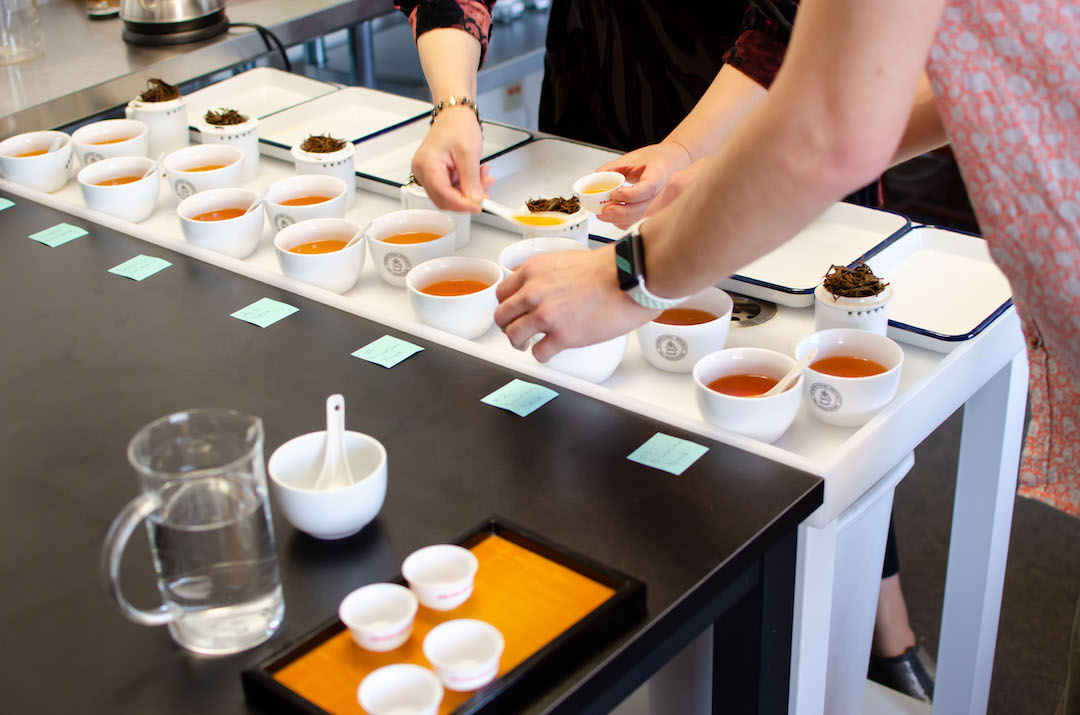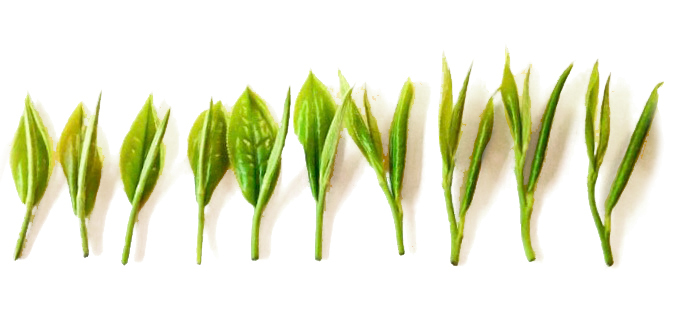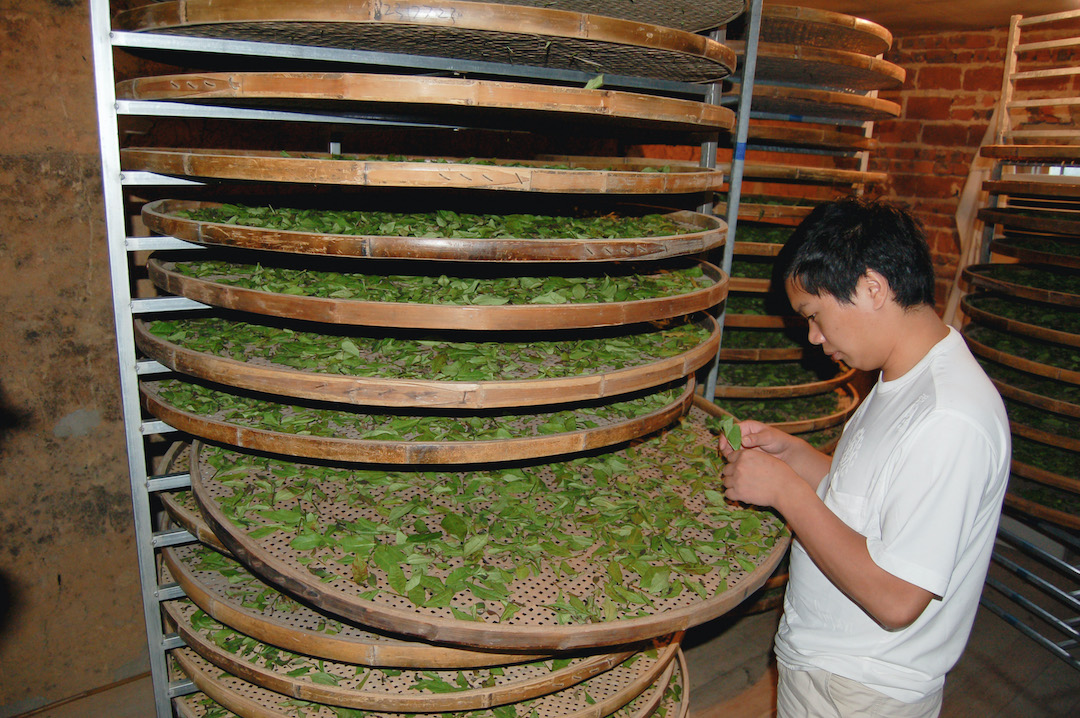Newsletter Archive Aug. 26, 2022

We’re featuring six teas this week that are perfect for comparative tasting: that’s black teas Zui Chun Fang (Drunken Peach) and Dianhong Gongfu; wulongs Jin Guanyin (Golden Tieguanyin) and Chuantong Tieguanyin (Traditional Tieguanyin); and green teas Ming Qian Anji Baicha (Early Harvest Anji) and Mao Jian (Misty New Top).
People often ask, “How do I learn about tea?”
Our advice: “Taste it.”
That answer might seem overly simple at first – where can we even begin to grasp a subject with 5000 years of history, over 60 different national origins (and countless regional origins), and more than 600 volatile compounds that make up its aroma? Tea, by the numbers, is a dense subject.
Fortunately, the first, last, and best place to make sense of all those numbers is your tea cup. When you taste with intention, memory, and curiosity you’re putting the mass of knowledge surrounding this beverage in its clearest context.
That’s why we’ve selected three pairs of teas (six teas total) that are made for this type of comparative tasting.

Black Tea – Tastes of terroir, plant variety, and process.
The workhorse classic Dianhong Gongfu is made in China’s western edge from large assamica leaves. Dianhong Gongfu’s deep red infusion with a classic black tea profile — brisk, bold, and full — shows in brilliant contrast when tasted alongside the unconventional Zui Chun Fang (Drunken Peach) which is made from the small-leaf heirloom bushes of Tongmu village in eastern-China. What’s more, Drunken Peach’s innovative processing delivers an inversion of the black tea expectations with a soft, sweet body, and layers of heady florals and stone fruit.
Green Tea – Contrasts of cultivar, harvest time, and plucking standard.
Ming Qian Anji Baicha (Early Harvest Anji)’s light green amino-acid sweetness shows just how dynamic experiences of green tea can be when compared alongside Mao Jian (Misty New Top)’s leafy dark-green and mineral flavors. Taste the shift from delicate early spring greens to the robust late-season daily-drinkers.
Wulong Tea – Compare degrees of roasting and leaf oxidation.
Explore two wulong teas from the same producer and the same harvest, but different approaches to production. Experience the old-school Chuantong Tieguanyin (Traditional Tieguanyin) with its toasty charcoal roast and caramel Maillard flavors versus wulong’s “modern style” in the tightly rolled and light-roasted Jin Guanyin (Golden Tieguanyin), bright with a flavor that invites comparison to gardenia flowers, fresh artichokes, and plum.
Even more important than learning tea is enjoying it. We hope this week’s feature will help you do both.

